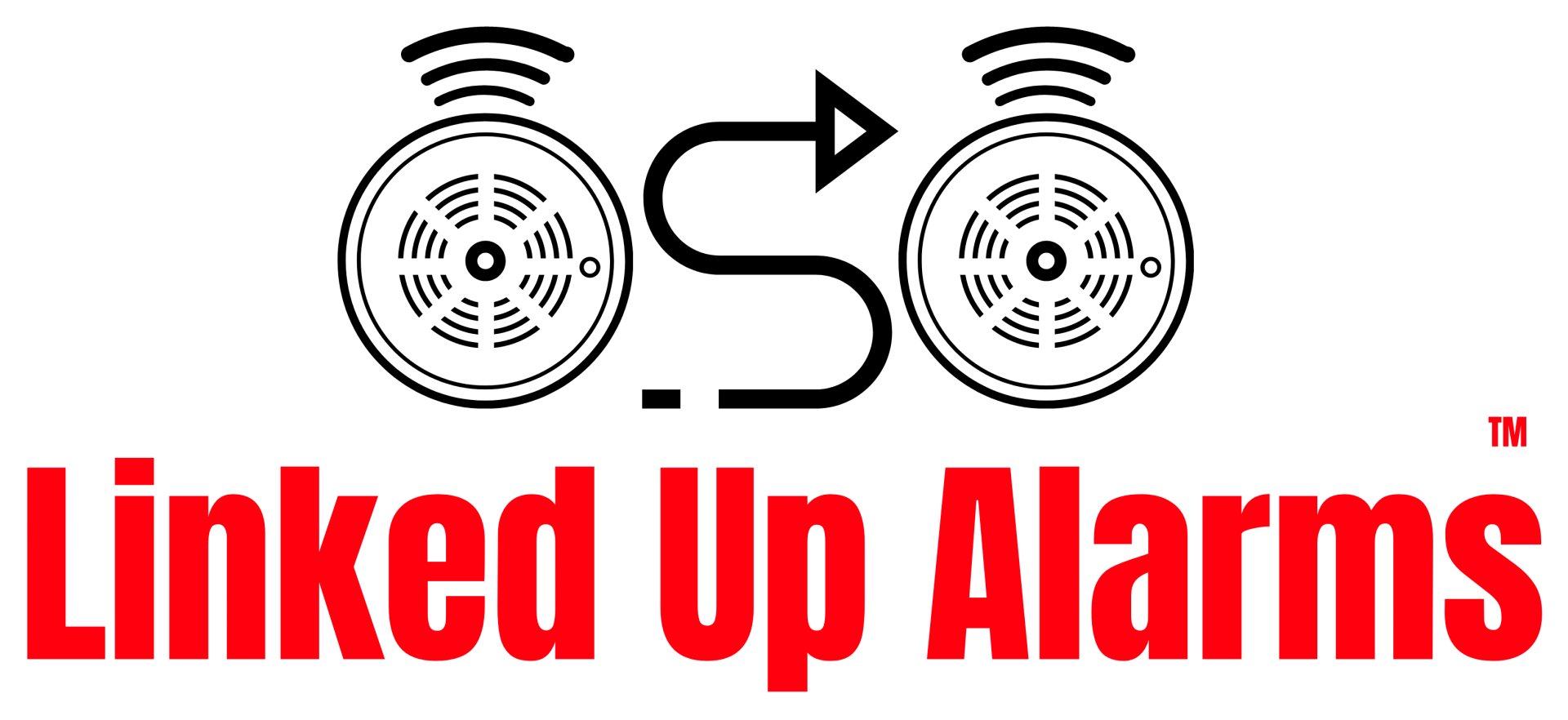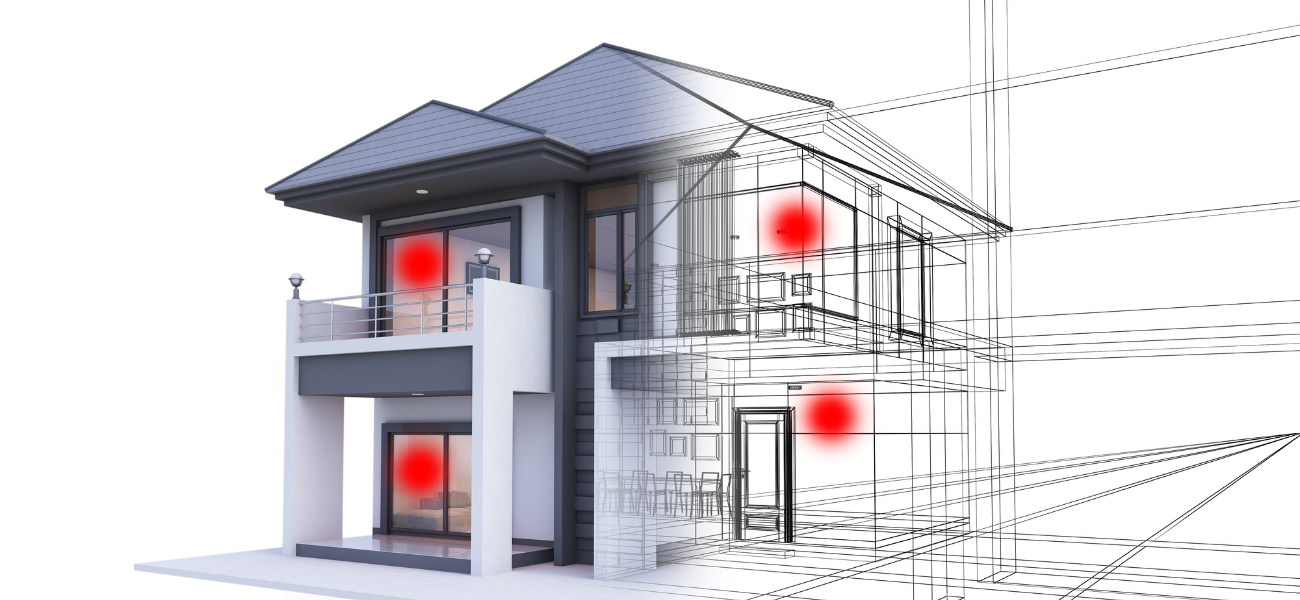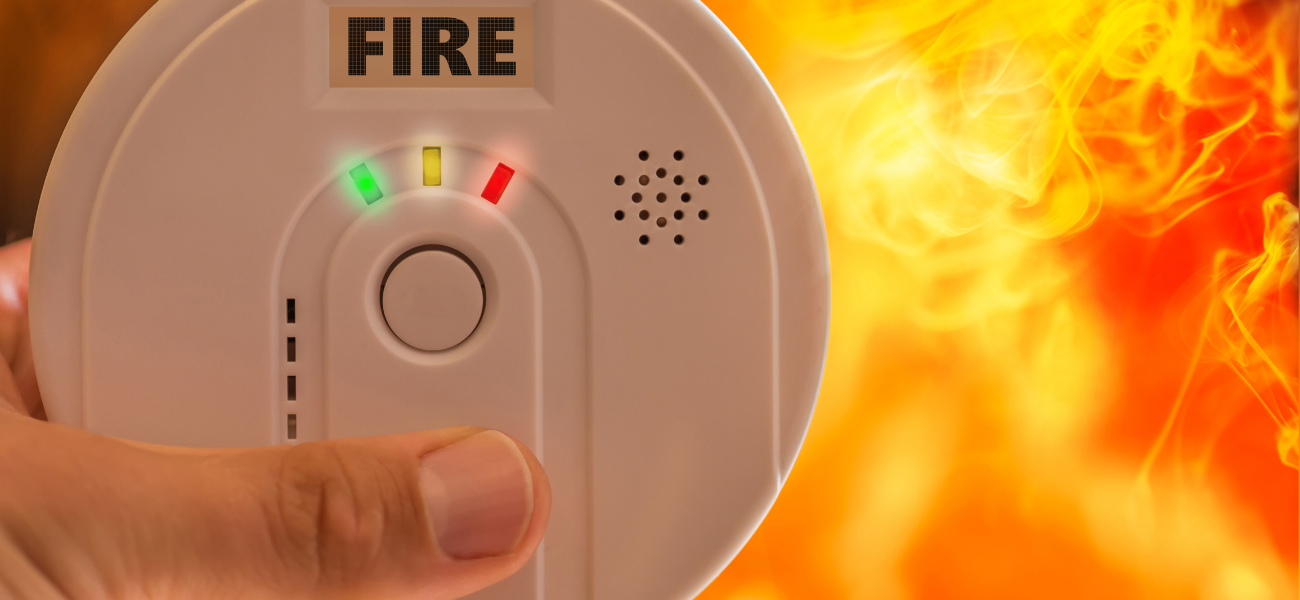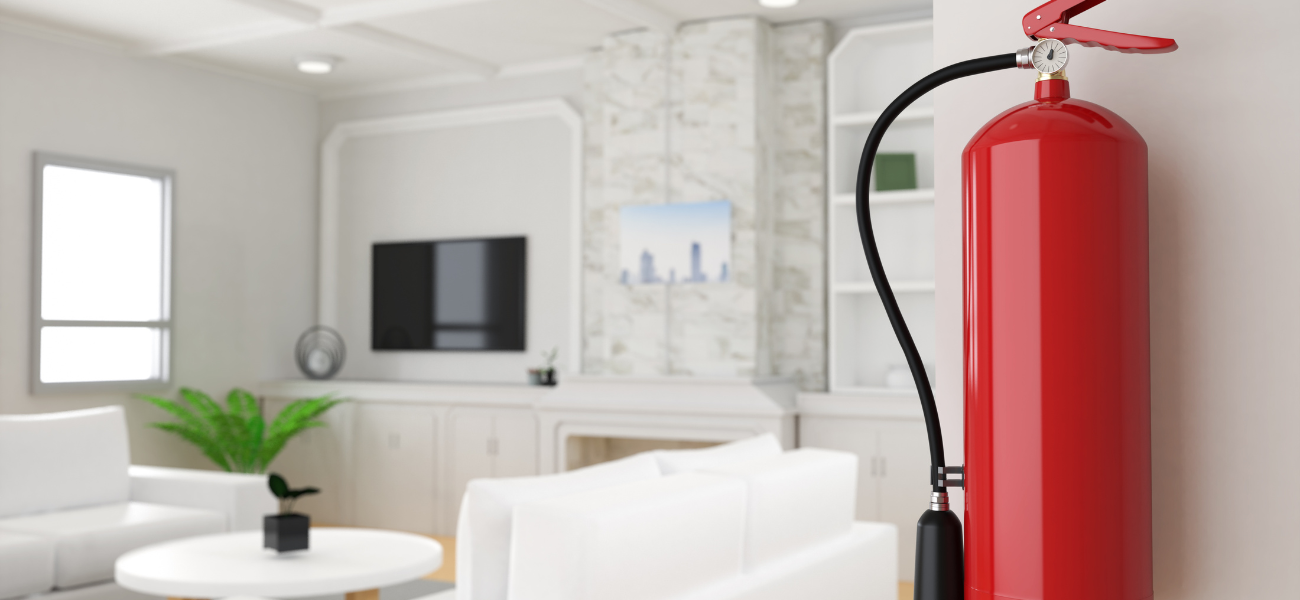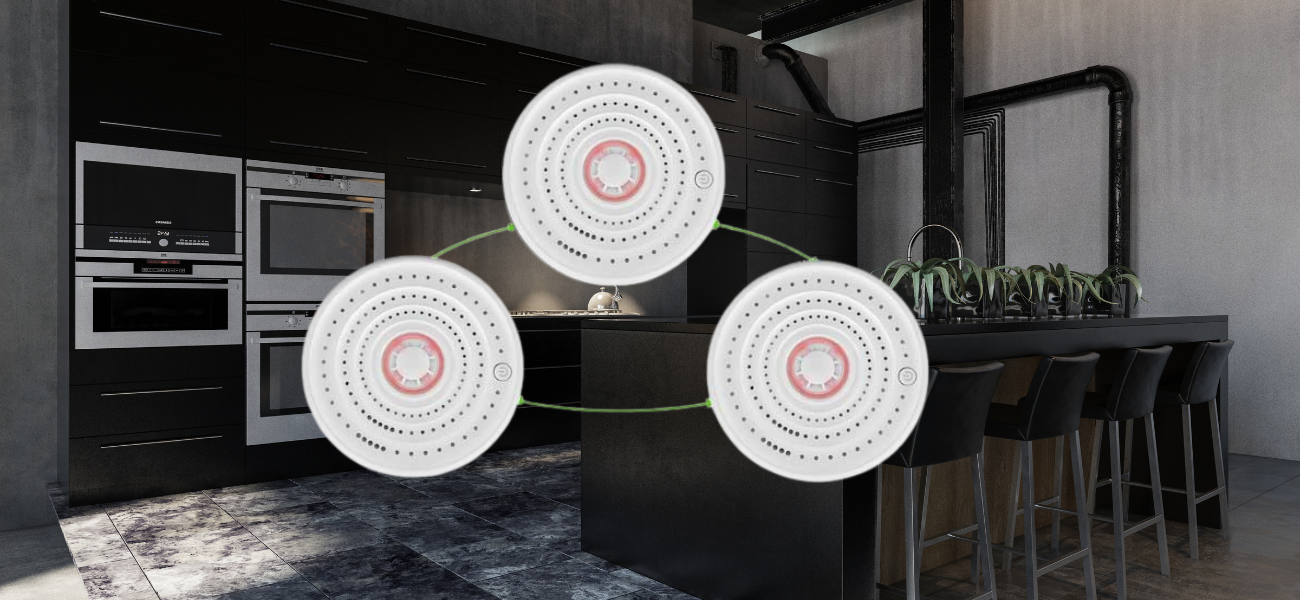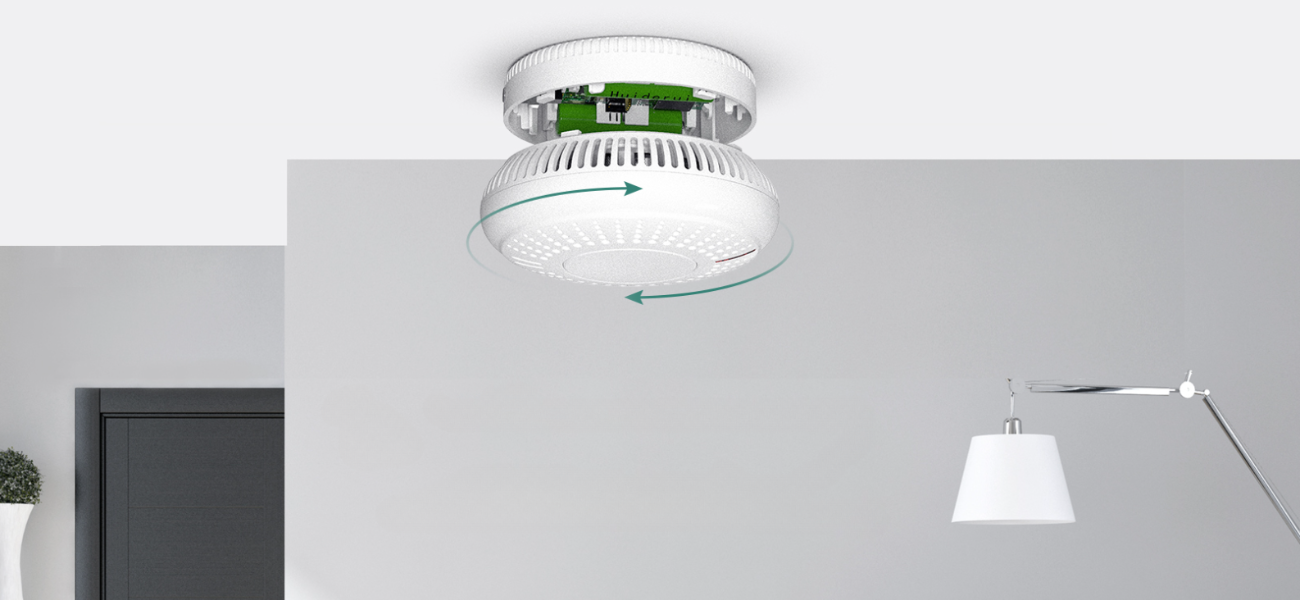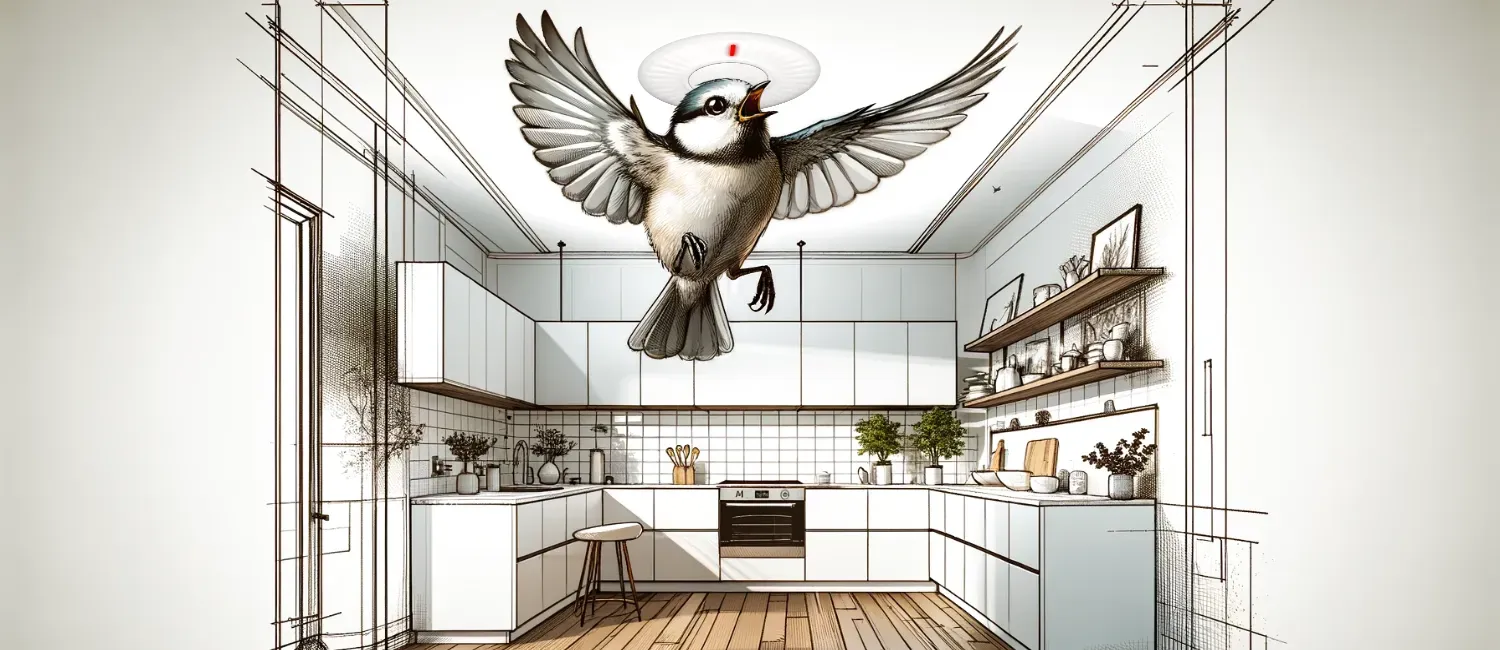Discover What Are the Different Types of Smoke Alarms for Your Safety
Choosing the right smoke alarm means understanding the different types available. “What are the different types of smoke alarms?” you may ask. Whether it’s ionisation alarms for fast flames, photoelectric for smouldering fires, heat detectors, or versatile multi-sensor devices, each type serves a purpose. Our guide will clarify these options, ensuring you find the best fit for your safety requirements.
Key Takeaways
- Smoke alarms come in various types such as ionisation, photoelectric (optical), heat detectors, and combined multi-sensor models, each with unique capabilities to detect different fire behaviors.
- Smoke alarms can be powered by batteries or main power, with smart detectors offering advanced features like remote notifications and interconnectivity for precise and comprehensive alert systems.
- Proper installation, compliance with safety standards, regular maintenance, and strategic placement are critical for the optimal performance and reliability of smoke alarms, ultimately enhancing fire safety and minimizing false alarms.
Understanding Smoke Alarm Technologies
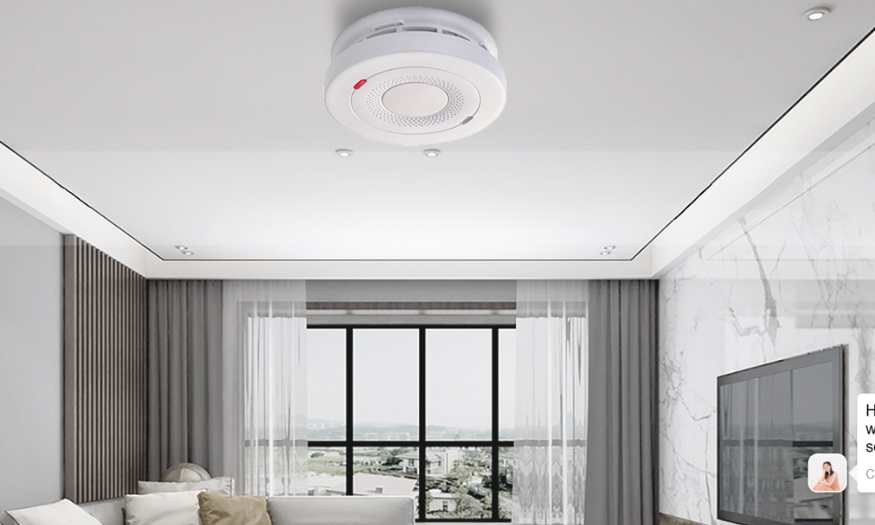
At the heart of every smoke alarm is an intricate technology designed to detect fire and emit a loud warning sound. There are primarily four types of smoke alarms available on the market:
- Ionisation
- Optical (also known as photoelectric)
- Heat
- Combined multi-sensor models
Ionisation smoke detectors use a small amount of radioactive material to produce alpha particles. These particles ionize air molecules, creating a consistent flow of ions. If smoke enters the detector, it disrupts the flow and the alarm sounds as a result. Each type of smoke alarm has its strengths and is designed to detect different types of fires, ensuring optimal performance and safety.
Classifying Smoke Alarms by Detection Method
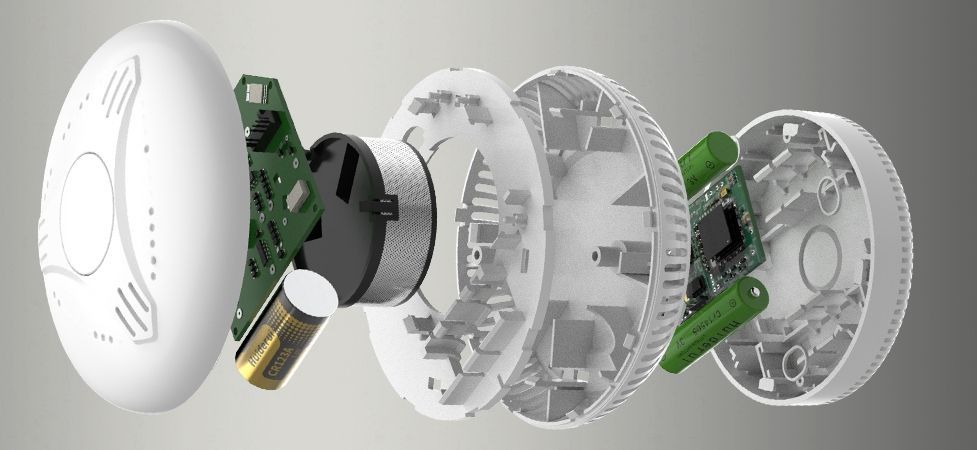
Smoke alarms can be classified based on their detection method. This includes ionisation alarms, photoelectric alarms, and heat alarms. Each type of alarm is suited to detect different kinds of fires, providing a comprehensive fire safety system.
Ionisation Smoke Detectors
Ionisation smoke alarms, also known as ionisation smoke detectors, are your first line of defence against fast-burning fires. They use a small amount of radioactive material, which ionizes the air and creates a current. When smoke particles interrupt this current, the alarm is triggered.
However, their sensitivity to small combustion particles makes them prone to false alarms, especially when placed near kitchens. Therefore, placement of these detectors should be carefully considered to prevent false alarms.
Photoelectric Smoke Alarms
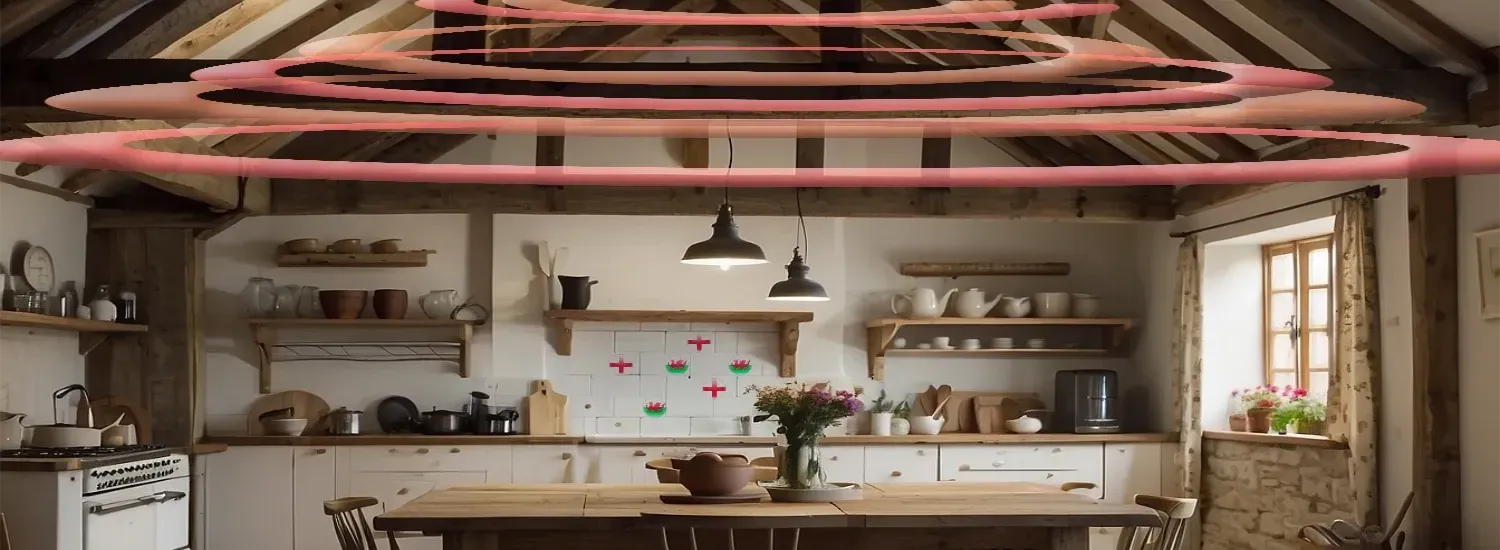
On the other hand, photoelectric smoke alarms are especially good at detecting slow-burning, smouldering fires. They work by using a light source and a light sensor. When smoke particles enter the chamber and scatter the light beam onto the sensor, the alarm is triggered.
These carbon monoxide alarms are less likely to cause false alarms from cooking fumes, making them a suitable choice for placement near kitchens.
Heat Alarms
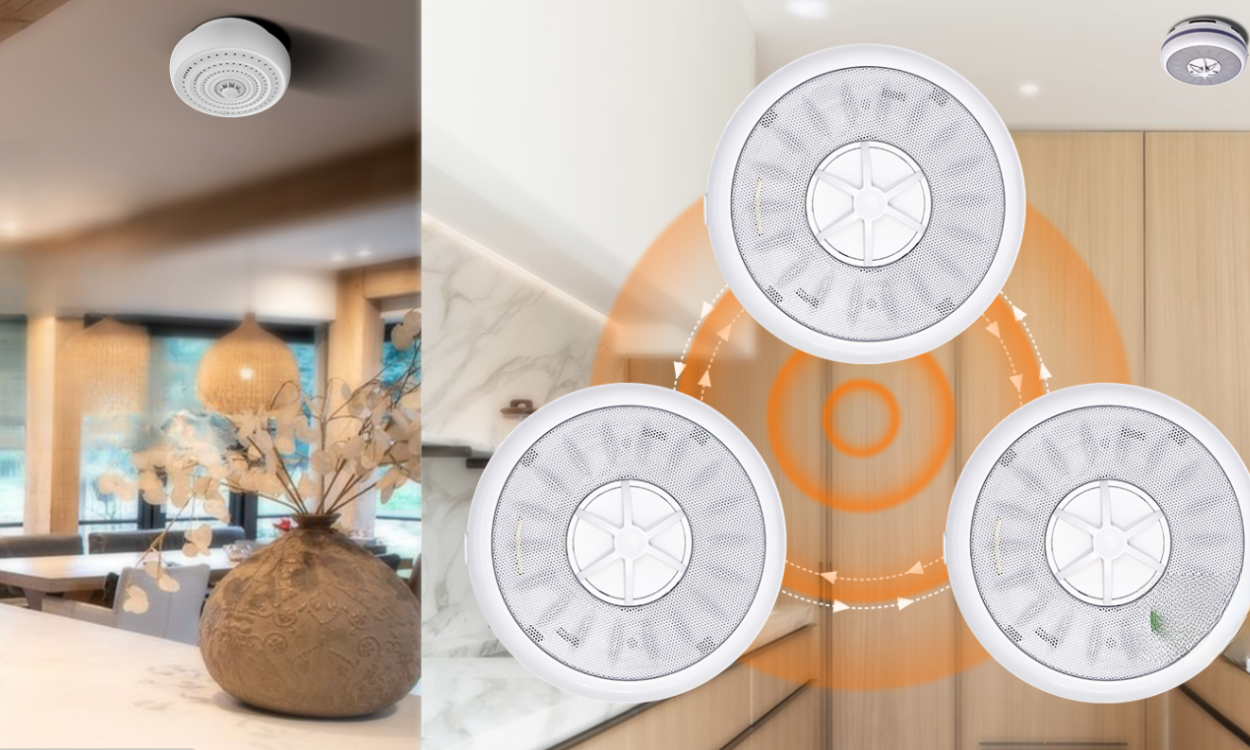
Heat alarms, as the name suggests, are designed to detect increases in temperature rather than smoke. They are triggered to sound when the temperature reaches approximately 55°C.
These working smoke alarms are best suited for areas where smoke alarms may cause false alarms due to dust, fumes, or humidity, such as kitchens, garages, and lofts.
Combining Sensor Strengths: Dual-Sensor Smoke Alarms
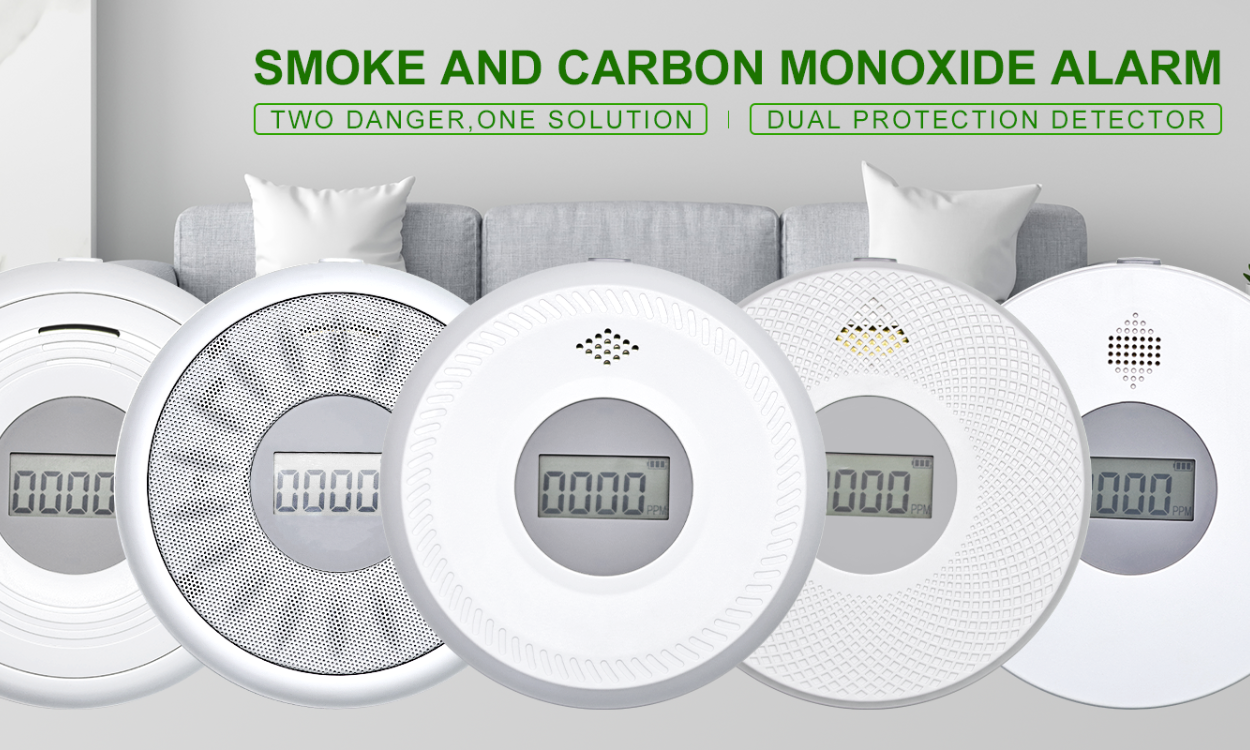
In the pursuit of comprehensive fire detection, smoke and heat alarms, also known as dual-sensor smoke alarms, have made their mark. These alarms incorporate both smoke and heat sensors, providing enhanced safety by covering a broader range of fire scenarios than single-sensor alarms.
These alarms combine the strengths of ionisation and photoelectric sensors, offering faster responses to both fast flaming fires and slow-smouldering flaming fires. This allows for quicker warnings and potentially more escape time for the occupants.
Navigating Power Options for Smoke Alarms
When it comes to powering your smoke alarms, you have two primary options: battery-operated alarms and mains-powered alarms. Each comes with its own set of benefits and considerations.
Battery-Operated Smoke Alarms
Battery-operated smoke alarms are a popular choice due to their ease of installation and maintenance. These alarms commonly use AA, alkaline, or lithium-ion batteries, with lithium-ion batteries becoming increasingly popular due to their long lifespan.
However, it is crucial to replace smoke alarm batteries when the low-battery warning is activated, or at a minimum, annually, to ensure consistent protection.
Mains Powered Smoke Alarms
Mains-powered smoke alarms, including standard smoke alarm models, offer enhanced reliability and are often equipped with a backup power source, such as a replaceable 9V alkaline battery or a rechargeable 10-year lithium-ion battery.
However, these alarms require professional installation due to the wiring involved, and a comprehensive check by a professional is advisable annually to ensure sensors and wiring are functioning correctly.
The Rise of Smart Smoke Detectors
With the advent of smart home technology, smoke detectors have also undergone a transformation. Smart smoke detectors offer features such as remote alerts to smartphones, integration with external monitoring systems, and the ability to interconnect with other home devices for comprehensive alerts.
Advanced smart smoke detectors can detect multiple types of threats, including smoke and carbon monoxide, and provide precise locations of where the problem is occurring in the home. Investing in a reliable smoke detector is essential for ensuring the safety of your family.
Ensuring Compliance with Fire Safety Standards
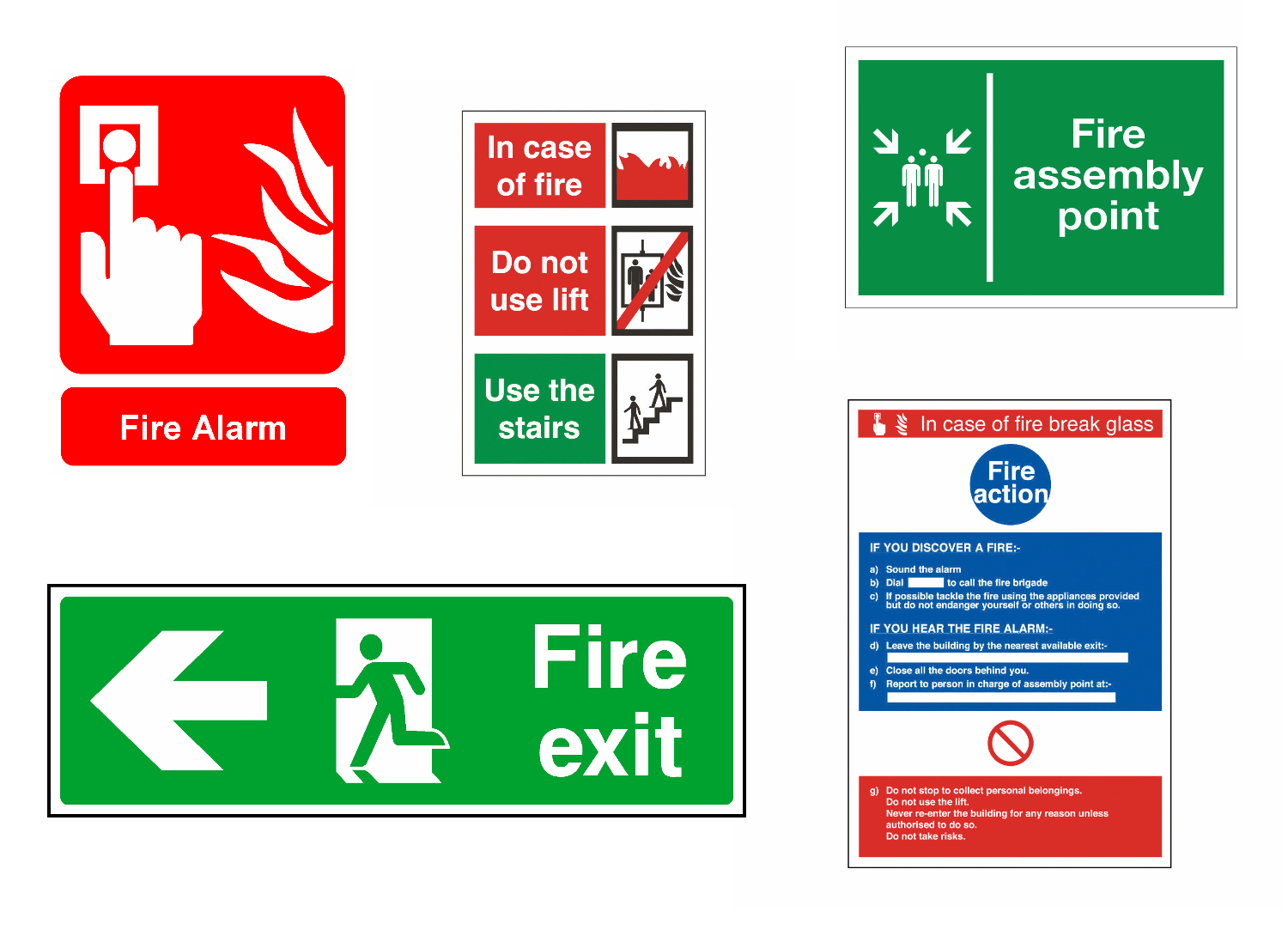
While understanding smoke alarms and their technologies is essential, it is equally crucial to ensure that the alarms you choose comply with UK fire safety standards. These standards, such as UL or Intertek, ensure that your alarm meets safety norms and will function as expected when required.
For businesses, compliance extends to ensuring that fire alarm systems are properly certified post-design and installation. This is in adherence to The Regulatory Reform (Fire Safety) Order 2005
New Smoke Alarm Rules in Scotland (Feb 2022):
Previously, there wasn't a legal requirement for a specific type of smoke alarm in Scotland. Now, the law mandates interlinked smoke and heat alarms in all homes. Additionally, carbon monoxide alarms are required in any dwelling with a fuel-burning appliance.
Here's a breakdown of the changes:
- Smoke alarms: Must be interlinked (all alarms go off if one detects smoke) and placed in specific locations (frequently used room, hallways/landings on each floor).
- Heat alarms: A new requirement, with one interlinked heat alarm mandatory in every kitchen.
- Carbon monoxide alarms: Now required in any room with a fuel-burning appliance (boilers, fires, heaters, flues)
New Smoke Alarm Rules in England (April 2023):
- More Smoke Alarms Required: At least one smoke alarm must be placed on every floor of your home where there's a living space.
- Interlinked is Recommended: While not mandatory, it's strongly recommended to use interlinked smoke alarms. This means all alarms in your home will sound if one detects smoke.
- Carbon Monoxide Protection Remains the Same: If your home has a fixed fuel-burning appliance (excluding gas cookers), you should already have a carbon monoxide alarm installed in the same room. This hasn't changed with the new regulations.
Installation Insights: Where and How to Mount Your Smoke Alarms
Correct installation and placement of smoke alarms are crucial for optimal detection coverage and early warning. Smoke alarms should ideally be mounted in the centre of the ceiling, away from walls and light fittings for optimal detection coverage.
Optimal Placement for Smoke Alarms
The placement of smoke alarms can greatly impact their effectiveness. They should be installed inside each bedroom, outside each sleeping area, and on every level of the home, including the basement.
For pitched ceilings, smoke alarms should be positioned within 3 feet of the peak but not within the apex. On walls, they should be mounted high and not more than 12 inches away from the ceiling.
Installing Your Smoke Alarm
While mains-powered smoke alarms require professional installation due to the wiring involved, battery-operated alarms can be installed easily without professional help. Some mains-powered alarms offer an easy-fit base feature to simplify the process.
When replacing mains-powered alarms, choosing models that use an easi-fit base can eliminate the need for rewiring, making the process more straightforward.
Maintaining Your Smoke Alarms for Reliability
Ensuring your smoke alarms are in optimal working condition involves regular maintenance, testing, and cleaning. This not only helps maintain their reliability but also reduces the likelihood of false alarms.
Testing and Cleaning
Regular testing and cleaning is a simple yet effective way to maintain your smoke alarms. It is recommended to test your alarms monthly and clean them every quarter to prevent the accumulation of dust and dirt which can hinder their functionality.
Regular cleaning can be done using a vacuum with a brush attachment to remove dust and debris. This will ensure that the alarm sensors can effectively detect smoke when needed.
When to Replace Smoke Alarms
Smoke alarms are not meant to last forever and should typically be replaced every 10 years. This ensures that they continue to function properly and provide the necessary level of safety.
However, advanced smart smoke detectors often have a longer lifespan of up to 10 years due to their long-lasting batteries and self-check capabilities.
Reducing False Alarms and Maximizing Protection
While smoke alarms are an essential safety feature, false alarms can be frustrating and lead to complacency. Thus, implementing strategies to reduce false alarms and enhance protection is crucial.
Strategies to Reduce False Alarms
There are several strategies that can help reduce the occurrence of false alarms. These include selecting the appropriate alarm type for different rooms, placing alarms away from air vents, windows, or bathrooms, and regular maintenance.
For example, heat alarms in kitchens detect increases in temperature from a fire without being triggered by cooking fumes, providing a reliable warning without false alarms.
Enhanced Protection with Interconnected Alarms
Interconnected alarms provide enhanced protection by activating all alarms in the home when one detects smoke. This ensures early warning and swift evacuation, crucial for effective fire safety.
The interconnected system of alarms ensures that no matter where an occupant is in the house, they will be promptly alerted in the event of a fire. Certain smart smoke detectors offer interconnectivity features, adding an advanced layer of protection through technology.
Summary
As we’ve explored in this post, understanding smoke alarms and their technologies is crucial to make informed decisions for optimal fire safety. From choosing between different types of alarms, understanding their power options, to ensuring compliance with fire safety standards, each component plays a critical role in ensuring your safety.
However, the process doesn’t stop at purchasing the right alarm. Proper installation, regular maintenance, and strategic placement are key to reducing false alarms and maximizing protection. Whether you opt for traditional smoke alarms or smart detectors, remember that a well-maintained smoke alarm system can give you the precious seconds you need to escape safely in the event of a fire.

Total Home Protection: From Smoke to Smart
Linked Up Alarms offer a complete range of safety solutions to keep your home or business secure, no matter your needs. Choose from:
- Interlinked Smoke & Heat Alarms: Ensure early detection of fire hazards with our certified smoke and heat alarms.
- Carbon Monoxide & Gas Alarms: Protect your family from the silent threats of CO and gas leaks.
- Smart Home Systems: Take control of your home's safety and convenience with our integrated smart home solutions.
Tailored Protection for Everyone:
Frequently Asked Questions
What are the different types of smoke alarms UK?

In the UK, the different types of smoke alarms include optical, ionization, heat, and multi-sensor (combined), with the choice depending on the room and the combustible materials present. Choose the alarm type based on the room it will be installed in and the materials present.
What is the difference between ionisation and photoelectric smoke alarms?

The main difference between ionisation and photoelectric smoke alarms is that ionisation alarms are better for fast-burning fires, while photoelectric alarms are more effective at detecting slow-burning, smouldering fires. Choose the type based on the kind of fire you want to detect.
Do smoke alarms require professional installation?
 Button
ButtonMains-powered smoke alarms require professional installation because of the wiring involved, while battery-operated smoke alarms can be easily installed without professional help.
How often should smoke alarms be replaced?
 Button
ButtonIt is recommended to replace smoke alarms every 10 years to ensure they function properly and effectively for your safety.
How can I reduce false alarms?
 Button
ButtonTo reduce false alarms, choose appropriate alarm types, place them strategically, and perform regular maintenance. This will help minimize unnecessary alerts in your home.
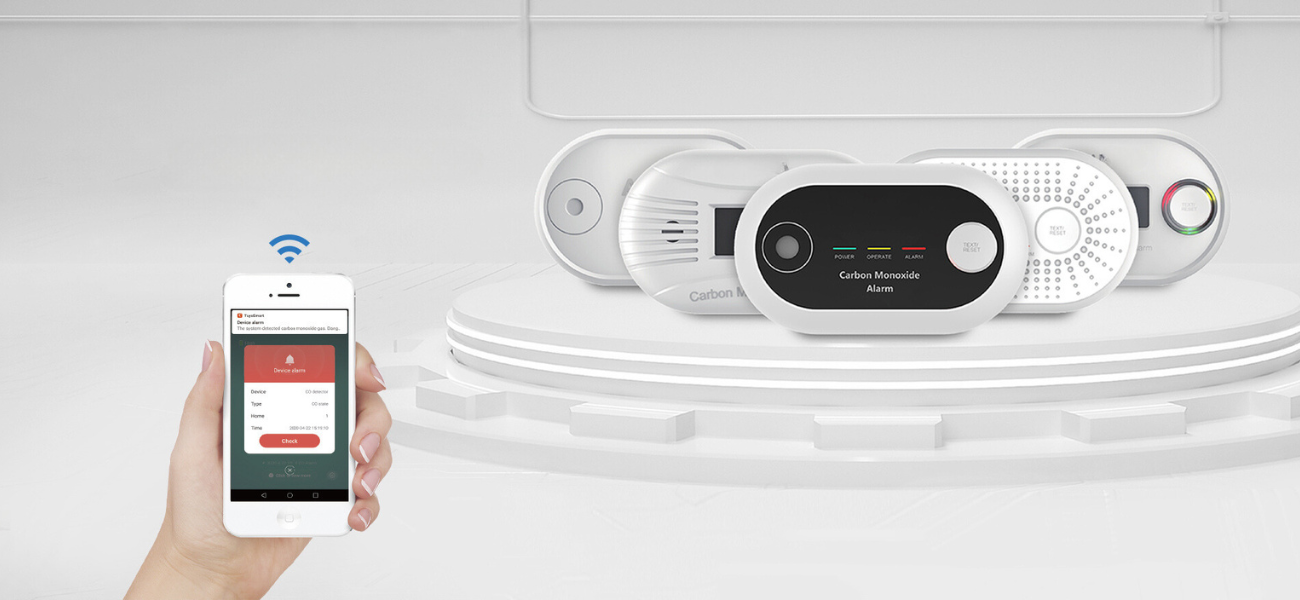
Helping UK Households Meet the New Smoke Alarm Law (Interlinked Alarms Required)
Linked Up Alarms Ltd
Company Number: SC709004
VAT Number: 392 8916 46
Data Protection Number: ZB279937
LOCATION
4 Barrack Street
Hamilton
ML3 0DG
CONTACT US
sales@linkedupalarms.com
Mon: 9:30 AM - 5:30 PM
Tue: 9:30 AM - 5:30 PM
Wed: 9:30 AM - 5:30 PM
Thu: 9:30 AM - 5:30 PM
Fri: 9:30 AM - 4:30 PM
Sat: Closed
Sun: Closed
POPULAR PAGES
